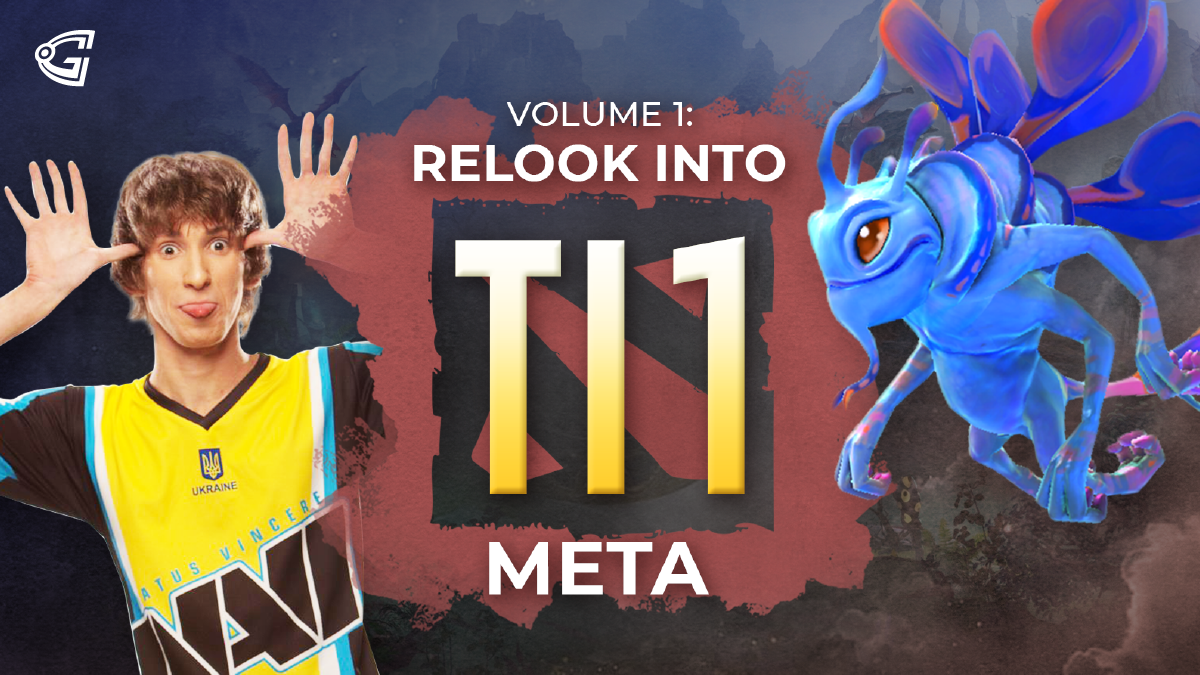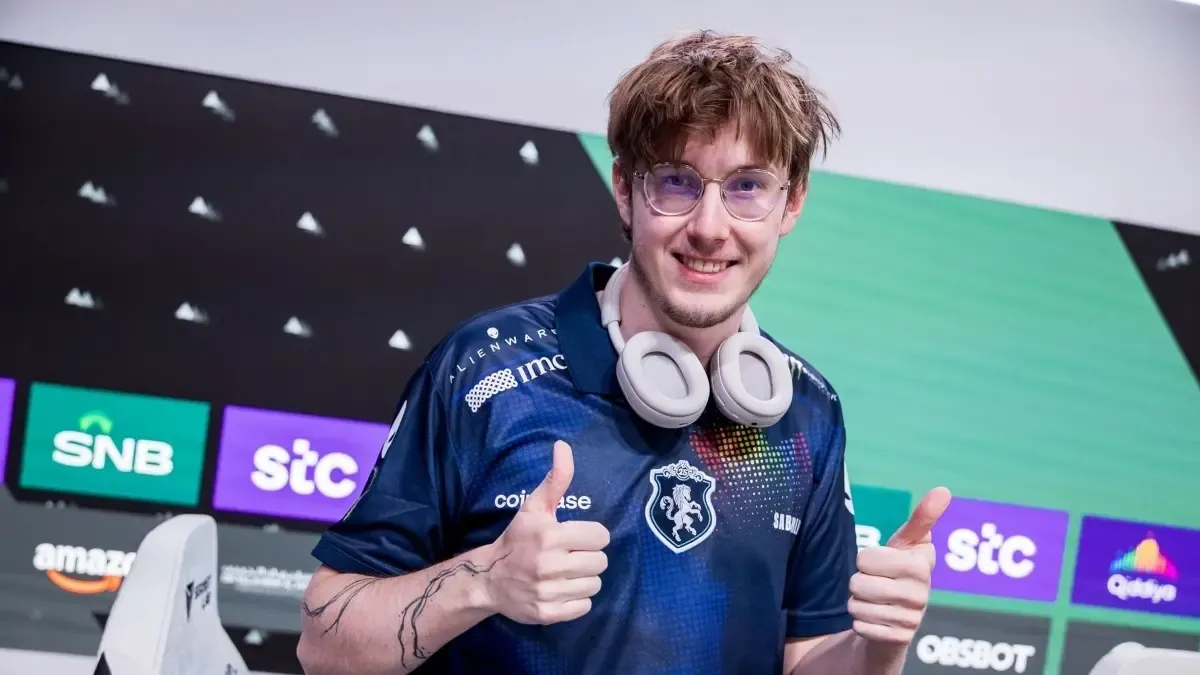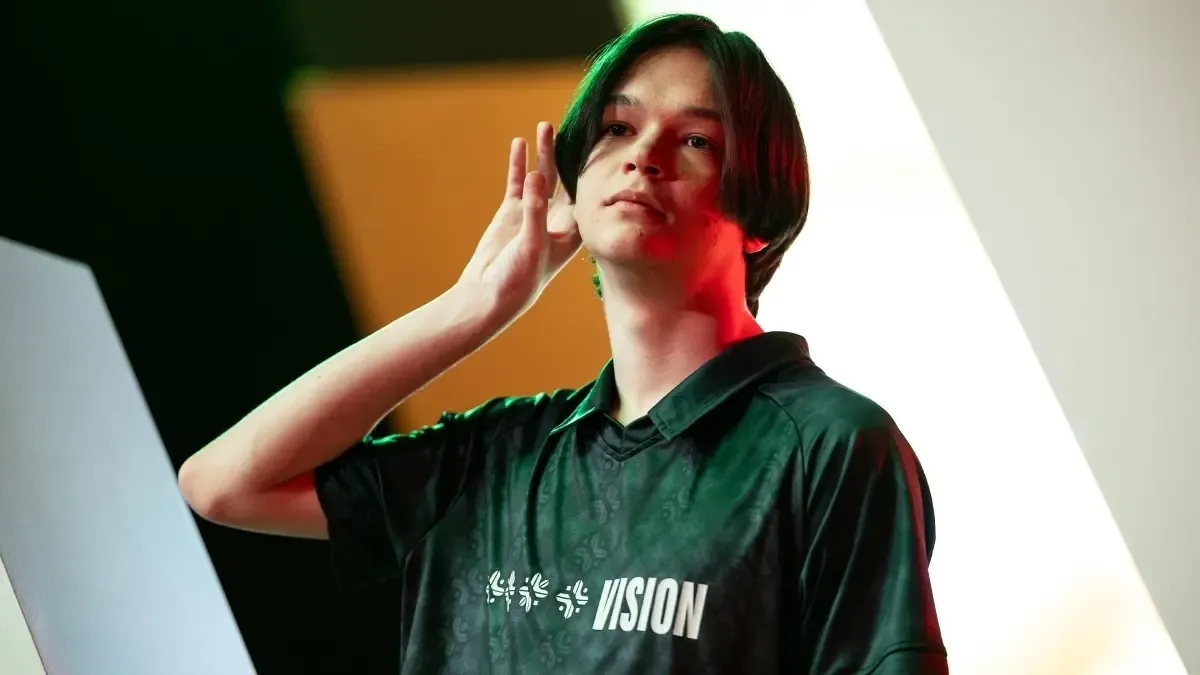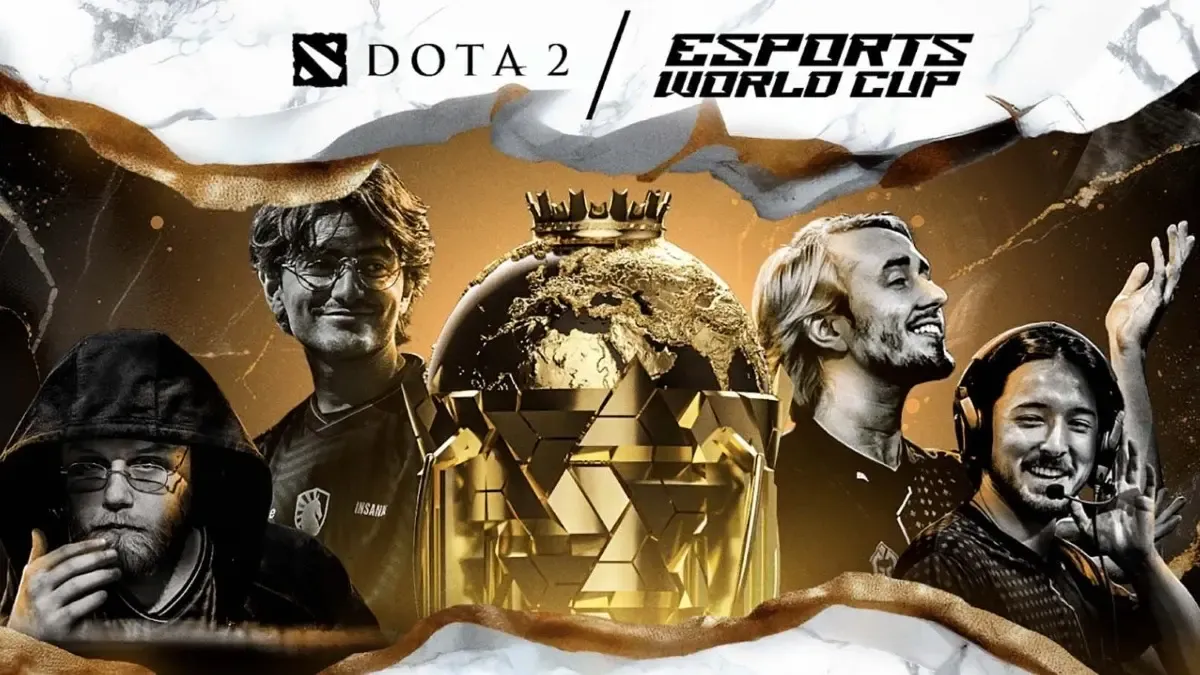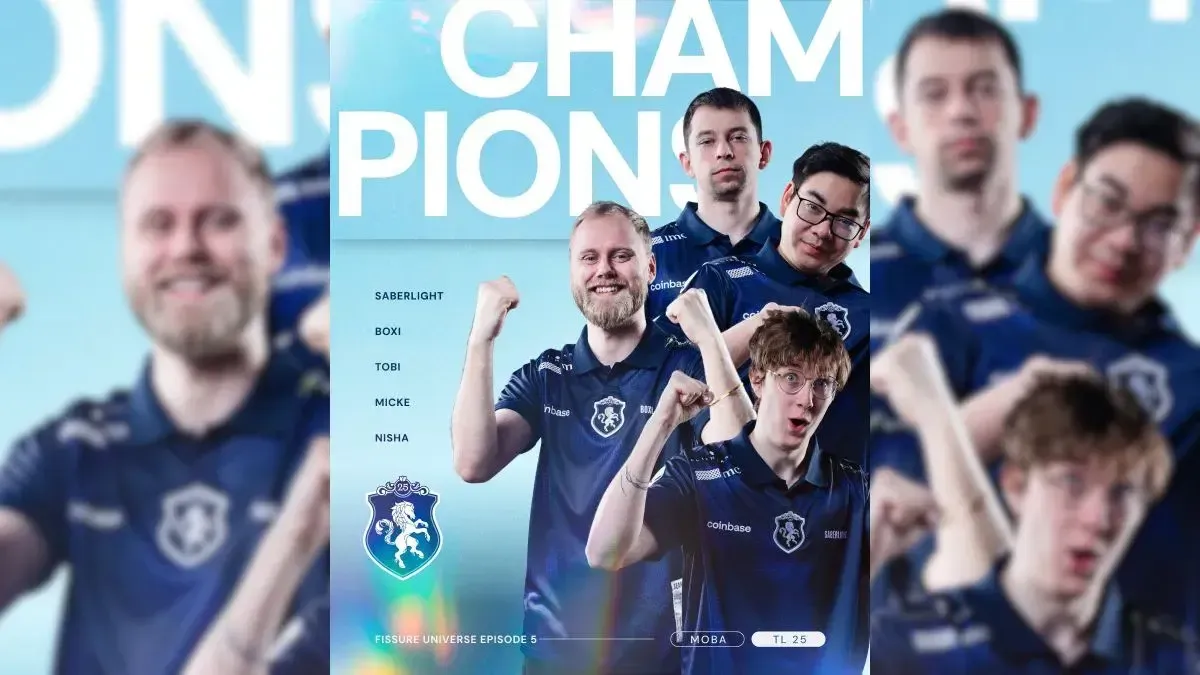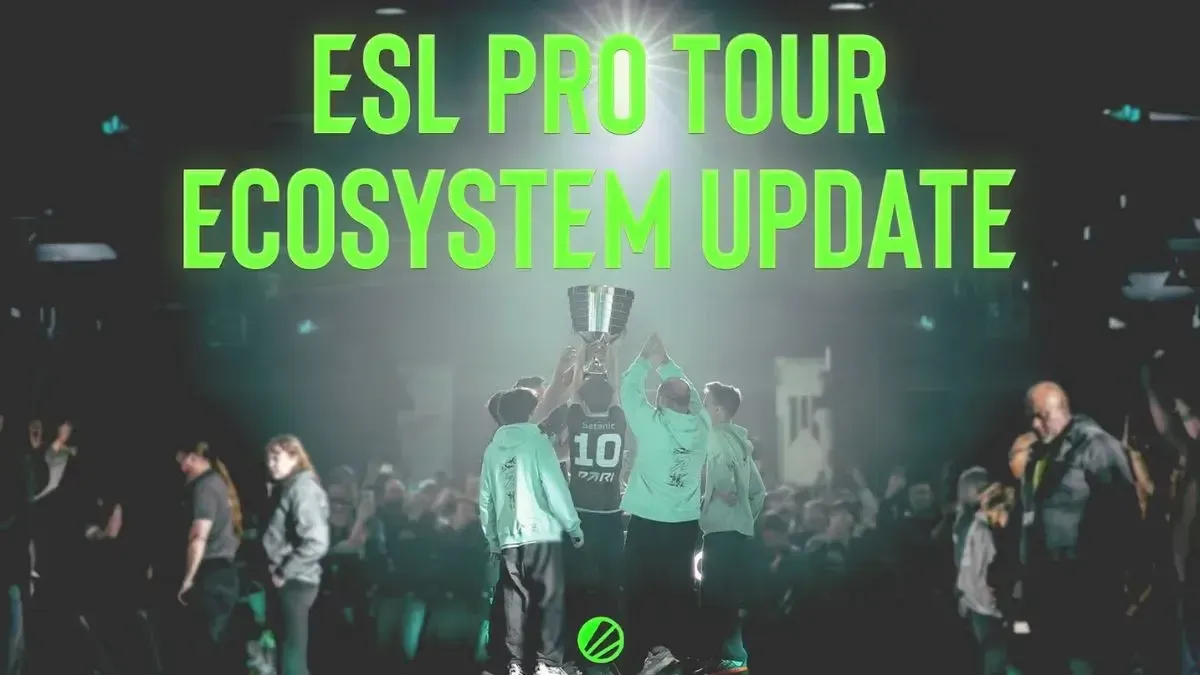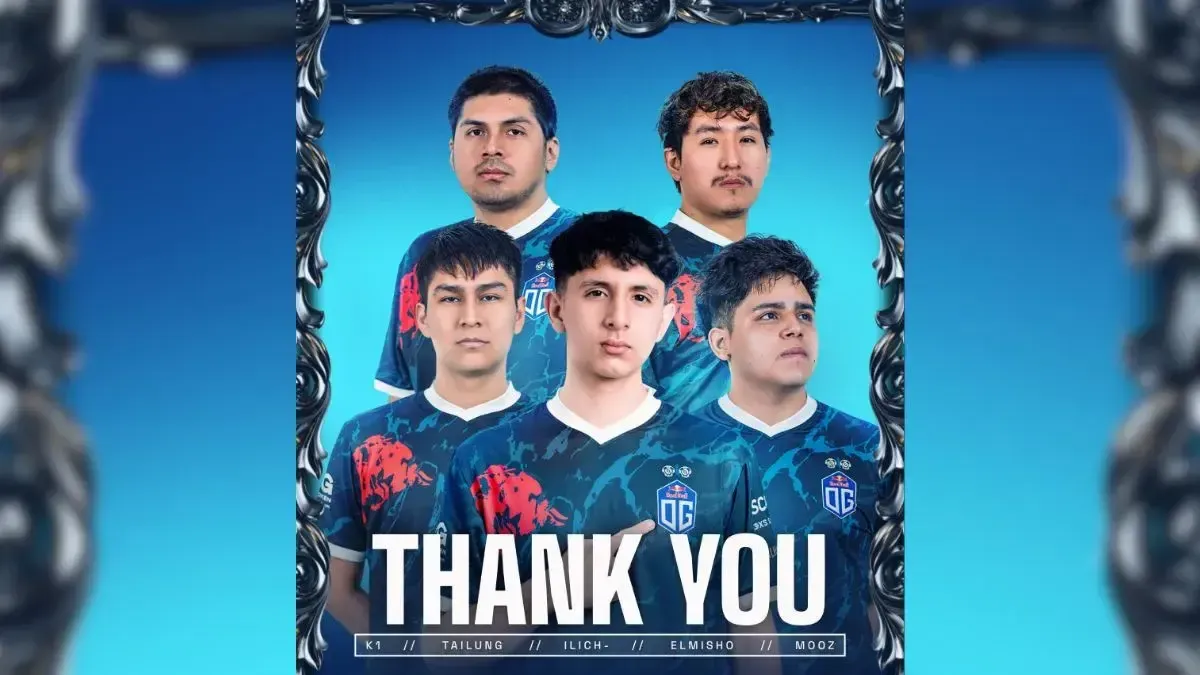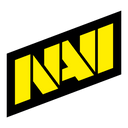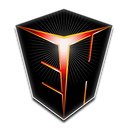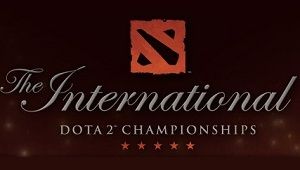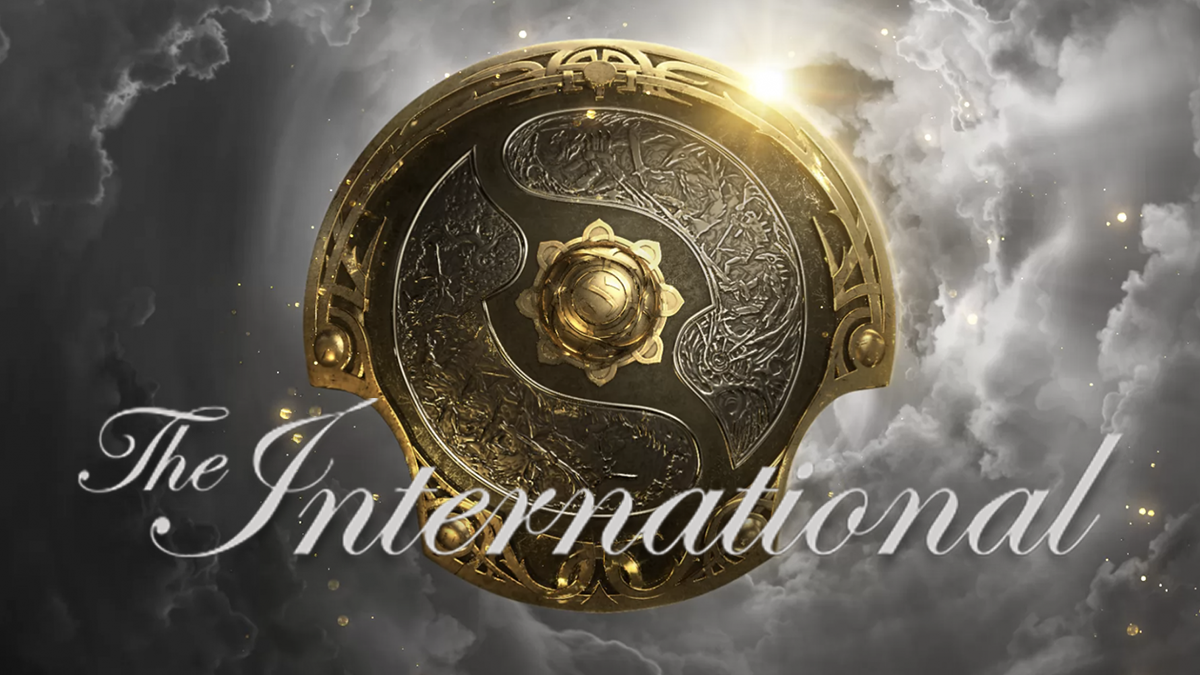During the next nine weeks, GosuGamers will be taking a closer look back at the meta for each of The Internationals through the years; up first is TI1.
It is crazy to even imagine that it has nearly been 10 years since the first iteration of The International took place? The International 2011, or TI1, took place in Cologne, Germany from August 17 to 21, 2011 and had a prize pool of $1.6 million. Sure, it might not sound too big today after what the recent TI's have offered but back then, it was crazy just thinking about it.
Most games establish themselves before announcing a major tournament, but the way Valve introduced Dota 2 to the world was a stroke of genius! The game, before being available for everyone to play, would be seen all over the world, with the winner getting $1 million. Considering the relatively small prize pools for tournaments before that, the prize money was more than enough to make heads turn. As we start this journey of looking at the grand finals of all iterations of The International until now, let’s take a deep dive into the TI1 grand final, and see how the meta, gameplay, and the entire concept of the game compared to what we see today.
Format
The top 16 DotA teams in the world were invited to the event. The teams were divided into groups of four and after an all-play-all group stage, the top two from every group went to the upper bracket of the playoffs and the bottom two went to the lower bracket. All matches before the top 6 were best-of-ones, be it upper bracket or lower bracket. How crazy is that?! After the top 4 were finalised, the series became bo3, and the grand final was a bo5 with the team coming from the winner bracket having a one-game advantage.
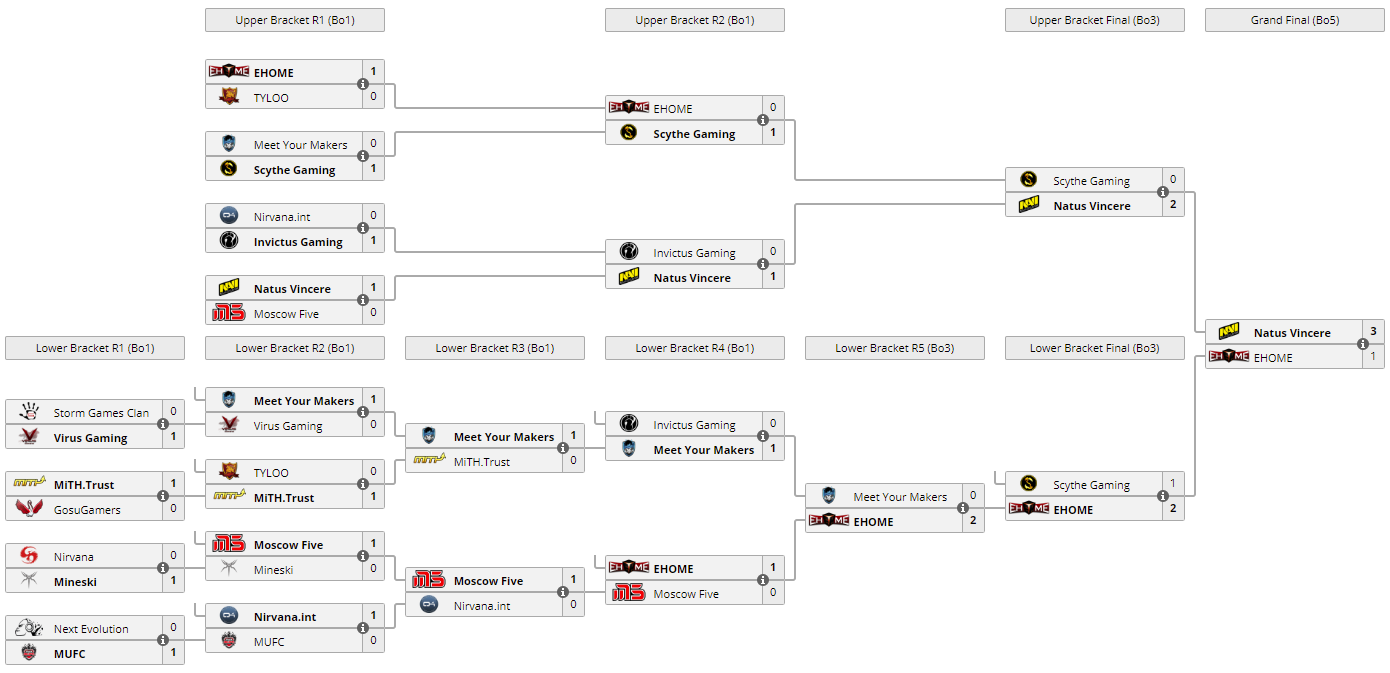 Taken from Liquipedia
Taken from Liquipedia
Natus Vincere (Na’Vi) from Ukraine and EHOME from China were the two teams that made it to the grand final of the first TI. Na’Vi took the more direct root of getting there from the upper bracket, while EHOME had to drop down to the lower bracket and survive a bo1 before giving themselves a chance to battle it out for a million dollars. Na’Vi, having made it through the upper bracket, started the grand finals with a 1-0 advantage, so EHOME already had the odds stacked against them.
Natus Vincere Roster
Alexander “XBOCT” Dashkevich
Daniel “Dendi” Ishutin
Dmitry “LighTofHeaveN” Kupriyanov
Ivan “Artstyle” Antonov
Clement “Puppey” Ivanov
EHOME Roster
Shen “FCB” Jiaqui
Lei “XX!” Zengrong
Zhang "LaNm" Zhicheng (known back then as PLT)
Yao “QQQ” Yi (known back then as 357)
Zou “820” Yitian
Now before diving into what the teams did in the TI1 grand finals, it needs to be made clear that Dota 2 was just beginning and there was no structured competition for the game as such. The way we see a meta develop in the modern version of the game and teams develop strategies around it was something unheard of back then. That lead to some insane things being done by the players (as compared to today’s standards), even in the grand finals of a $1.6 million tournament. There’s no denying though, that these were the best players back then and even today, could school most of us.
The tournament was played on Dota 2 patch 6.72d. Captains Mode had only two ban-and-pick phases, as compared to three today. There were only four bans back then, which increased to five and are now at six. The number of heroes back then was a lot lesser too, as compared to the 119 in Dota 2 patch 7.29. The ban and pick phases were as shown below.

Game 1 (Na’Vi Radiant, EHOME Dire with the first pick)

Right off the bat of the game 1 draft, you can see the difference in what the two teams preferred. Na’Vi was all about team fight – they drafted three heroes with AoE team fight abilities. EHOME on the other hand had Nature’s Prophet and Venomancer (the undecipherable image, which is the last pick for EHOME), who could keep waves pushed out.
If anyone saw this game with the view of a professional game, they would be utterly bewildered. Na’Vi were yet to take the bottom tier 2 and even the top tier 1, but they continuously kept on going for the mid-set of barracks, not once, not twice, but five times! Being dependent on their big team fight ultimates, mostly Hand of God and Ravage, Na’Vi had to wait for a good three to four minutes in between successive attempts. EHOME would just have buybacks ready every time because the buyback cooldown was only 4 minutes! Today, it stands at twice that, at 8 minutes. At least there was a buyback cooldown, which got introduced in the game in patch 6.70. Had the tournament been played three patches before, there would have been no cooldown for a buyback.
Long story short, Na’Vi’s attempts to get the mid barracks failed, and EHOME, on the back of their position 1 Doom, played by FCB, eventually turned it around and were able to take it in 55 minutes to tie up the series 1-1. Even at the end, the EHOME tier 1 tower in the top lane was still standing, nearly an hour into the game! If any team did that today, they would be taken to the cleaners by other professionals, analysts and the community together! It is an indicator that map control wasn’t that big a thing back then as it is now. It was all about team fights and getting barracks to strengthen creeps in a lane.
A couple of things jump out when looking at the inventories:
● Players loved their Vanguards! Even Dendi’s Viper had a Vanguard. The name of the game was to tank up before building damage, and this was a very common Dota 1 mentality.
● Blink Dagger was not a priority item. Pudge, Tidehunter and Doom, three heroes who today buy Blink as one of their first three items went the entire 55 minutes without one. However, it wasn’t really a choice for Artstlye’s Pudge, because Pudge was restricted from buying a Blink Dagger (as was Vengeful Spirit) until Dota 2 patch 6.79.
Another shocking observation is the gold per minute (GPM) of all the heroes, but that is a conversation that needs to be tabled till the end and dealt with separately.
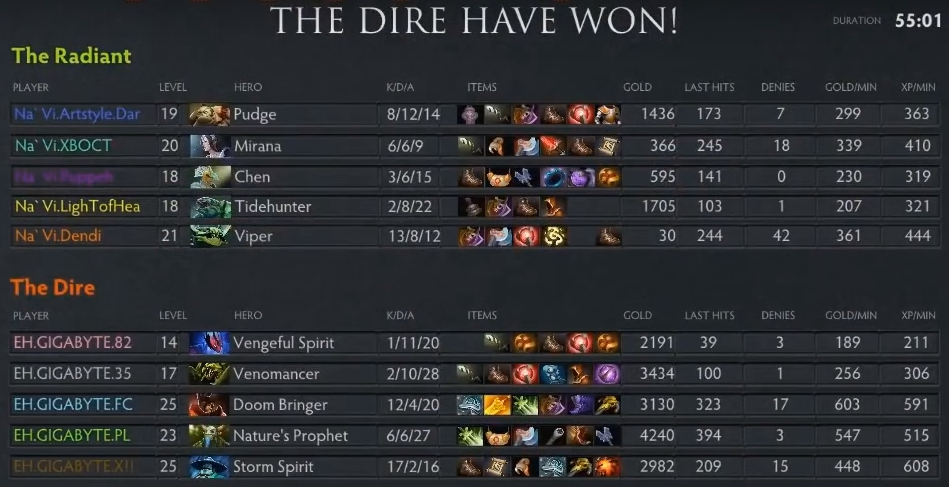
Game 2 (EHOME Radiant, Na’Vi Dire with the first pick)

Game 2, just like game 1, was nearly an hour long. But this wasn’t necessarily because the teams were locking horns and evenly matched up – it was more because a good chunk of the first few minutes was spent farming defensive items. Vanguard and Linken’s Sphere for EHOME’s Earthshaker and Weaver respectively, paired with Na’Vi building a Vanguard on every hero except Chen. The game just took time to take off.
Na’Vi’s preference for team fight heroes was once again evident, as they picked a mid-lane Enigma for Dendi, because apparently, Chen, Tidehunter and Spectre just weren’t enough. Four heroes with big team fight ultimates were the way to go, with a Beastmaster left to target the enemy Weaver. On paper, LighTofHeaveN was the offlaner, but with his and Artstyle’s hero choices and farm preference, it would have been difficult to gauge whether there were two supports or two offlaners.
EHOME did a complete switcheroo in game 2. FCB, who had played the carry in game 1, switched to a position 5 Crystal Maiden in game 2. How insane is that?! That is a lot like playing pubs with friends, where one friend goes “Hey, you played carry last game, now it’s time to support”, or the typical carry goes, “Damn, they banned all the carries I know, I think I’ll play support this game”. Nowadays, tier 3 Battle Cups are probably played with more concrete team structures than that (not really, they aren’t). LaNm, who played as the offlaner in game 1, switched to being the carry in game 2.
The game was close till minute 40, with Na’Vi having a 2000 net worth lead. The tides began to turn in the favor of Na’Vi around the 48 minutes when the Ukrainian team were knocking on the tier 3 tower of the mid lane, and Dendi managed to catch three opposition heroes in the Black Hole, which was a follow up on a Ravage. Na’Vi subdued their opponents shortly afterwards to take a 2-1 lead in the series.
Even though a lot of heroes picked up Blink Daggers in game 2, XX!!’s Tinker was without one. The Tinker of old was all about farming jungle creeps with March of the Machines, so why waste money on a Blink?!
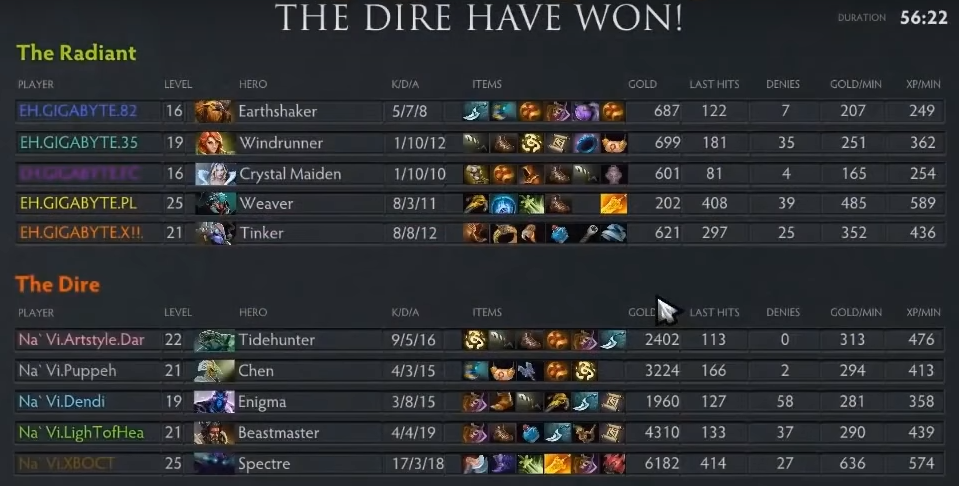
Game 3 (Na’Vi Radiant, EHOME Dire with the first pick)

Na’Vi really did not want Anti-Mage to fall into the hands of EHOME, seeing as the hero was banned by them in the first phase of every game. EHOME on the other hand was more than okay with Na’VI getting Puppey’s Chen in every game, as long as Night Stalker and Ancient Apparition didn’t make it through.
Game 3 was a very one-sided game, with Na’Vi outplaying their opponents in all departments. The iconic moment of the game came in the 27 minutes when Na’Vi were just finishing up Roshan, which was earlier placed close to where the Dire Ancients are now. Dendi’s Puck travelled over the cliff to find and catch four members of EHOME with a Dream Coil, and in the fight that ensued, Na’Vi got a team wipe at the cost of only losing their Beastmaster. With the next team fight win, they took the game and the prize of $1,000,000. EHOME had to settle for second place and $250,000.
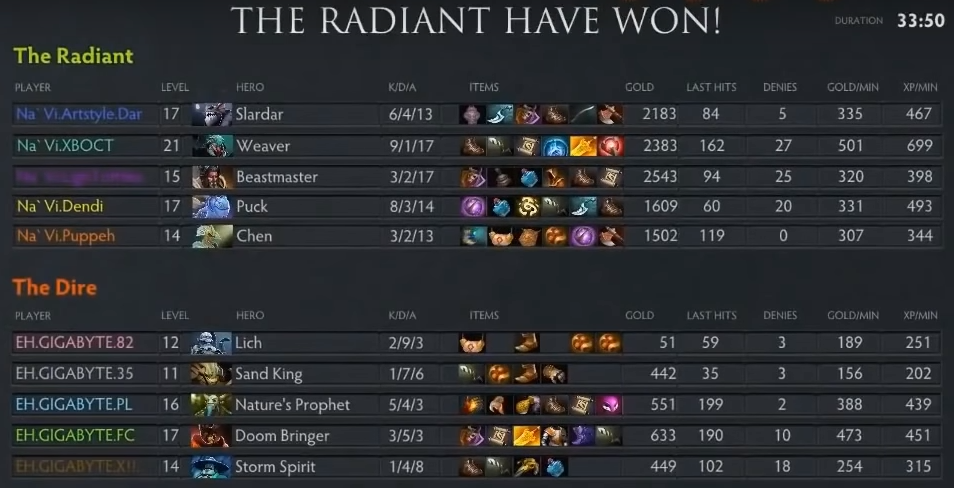
Puppey later said how they took the tournament seriously and how they wanted to be the best team out there, which they surely proved. But the lack of structure to the game as compared to today’s professional games is an indicator of how nascent things were back then.
Gold
One thing that can be observed in all games is the GPM of most players was a bit too low but today’s standards. The average GPM of the two teams for the grand final was:
● Na’Vi: 1681 GPM
● EHOME: 1653 GPM
Now let’s compare that to the team GPM’s of the winners and runners-up from the TI10 qualifiers from each of the six regions.

The team GPM is around 600-800 lower in the T1 grand finals as compared to the top teams of the TI10 qualifiers. Why is that? There are a few things that could be contributing to it.
Passive gold income: Gold income was changed from 1 for every 0.875 seconds (68.6 GPM) to 1 for every 0.6 seconds (100 GPM) in Dota 2 patch 7.29. So with patch 7.29, each player gained passive 31.4 GPM, and the team gained passive 157 GPM.
Dearth of creeps on the map: There just weren’t too many creeps back then in the jungle. The number of jungle creeps has steadily increased over the years, giving players more options to farm in the laning stage as well as later on in the game.
Bounty Runes: Bounty Runes give the entire team gold, which was absent back then.
Lack of priority for farming: But in the end, the biggest reason is possibly the lack of priority the players gave to farming. It wasn’t a case of the meta necessarily being an anti-farm meta, but it was more a case of players still figuring out the optimum balance between farming and fighting. Back then, the focus was clearly on fighting. Game 3 is the perfect evidence of this – Dendi’s mid Puck had 60 last hits in a 33-minute game. Today, you could probably expect a top tier Puck to have those many last hits in 12 to 15 minutes. Just a different time!
With that, we come to the end of the first deep dive into the grand finals of a past TI. Even though a lot of things in the game and out weren’t as structured back then as they are today, the tournament was one of the most important ones in the history of esports, because it set a precedent on what esports had the potential to become. Next week, we will take a look at the games from the grand finals of The International 2012 between Invictus Gaming and Natus Vincere, and see how the meta was back then and how much things had progressed since The International 2011.
https://www.youtube.com/watch?v=_DB4oHo2fGc

